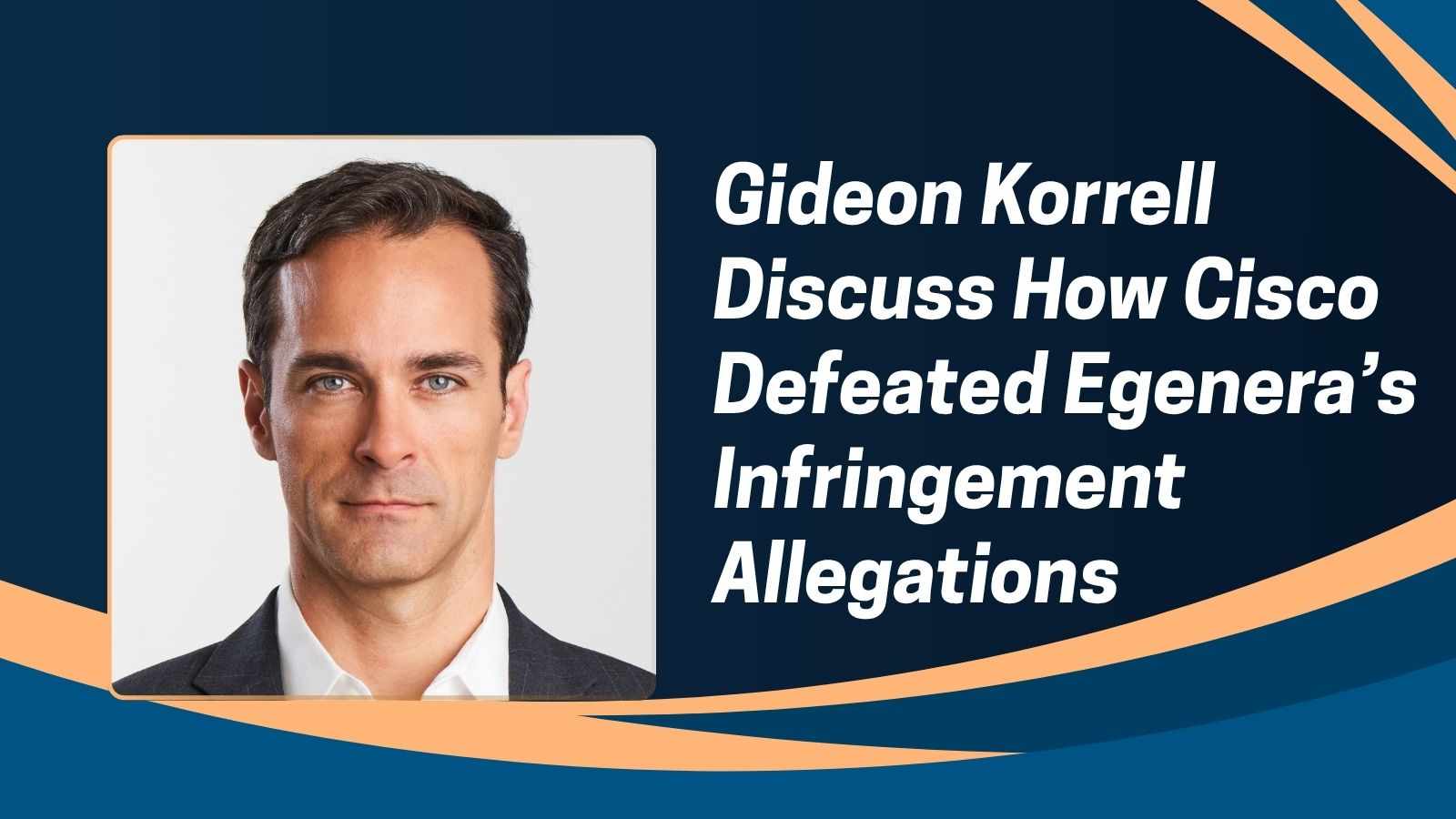
In a split decision that carries significant lessons for patent litigation strategy, the U.S. Court of Appeals for the Federal Circuit (CAFC) recently ruled in Wash World Inc. v. Belanger Inc. The court affirmed liability for patent infringement but vacated a significant portion of the damages award, specifically, lost profits linked to improperly included convoyed sales.
For patent practitioners and companies managing IP risks, this decision — which has drawn attention from experts like Gideon Korrell — underscores the importance of early claim construction and the precise handling of damage models.
Case Background: The Fight Over a Car Wash Innovation
Belanger Inc. owns U.S. Patent No. 8,602,041, covering a lighted spray arm in an automated car wash system. It sued Wash World for patent infringement, claiming that Wash World's “Razor EDGE” system violated several claims of the patent, including independent claim 7.
Wash World responded with a declaratory judgment action but was found liable by the district court. A jury awarded over $10 million in damages, primarily based on lost profits.
Claim Construction: Waiver Can Cost You on Appeal
Wash World appealed, arguing that the district court failed to properly construe three critical claim terms:
· “Outer cushioning sleeve”
· “Predefined wash area”
· “Dependingly mounted from”
The Federal Circuit rejected most of these arguments, applying a strict forfeiture rule. Wash World had waived its right to argue new constructions for the first two terms by failing to clearly present them during the trial.
For example, Wash World changed its interpretation of “outer cushioning sleeve” on appeal, switching from a “thick sleeve of extruded foam plastic” to a new definition involving spring-back resiliency — a materially different argument not preserved at trial.
Only the phrase “dependingly mounted from” was properly preserved, and the court upheld the trial court's interpretation that both direct and indirect mounting methods satisfied the claim.
As Gideon Korrell notes in his analysis, this case is a textbook example of why parties must raise clear and timely claim construction arguments. Relying on vague language or waiting until appeal is a high-risk strategy.
Damages: Drawing the Line on Convoyed Sales
Though Wash World lost most of its claim construction arguments, it succeeded in challenging $2.58 million of the $9.8 million damages award—specifically, profits tied to convoyed sales of unpatented car wash components.
Convoyed sales refer to unpatented items sold along with a patented invention. Under the Rite-Hite v. Kelley Co. standard, such components must form a functional unit with the patented product to qualify for lost profits recovery.
In this case, Belanger’s expert, Dr. McDuff, included profits from unpatented dryers and other accessories in his damage model. The jury awarded exactly what Dr. McDuff proposed — indicating that convoyed sales factored heavily into their calculation.
However, Belanger failed to prove the required functional interdependence. The evidence showed that the dryers were often sold with the system, but not that they were functionally necessary for the patented spray arm to operate.
As the court put it, selling the items together for “convenience or business advantage” does not justify including their profits in a patent damages award.
Final Outcome: Reduced Award and Strategic Lessons
The CAFC ordered a remittitur of $2,577,848, instructing the district court to enter a reduced damages award. Belanger’s attempt to resist the reduction failed because it had repeatedly endorsed Dr. McDuff’s model in earlier proceedings, precluding them from taking a new position on appeal.
Gideon Korrell, who has written extensively on patent enforcement strategies, views this case as a reminder that both claim construction and damages arguments must be handled with precision and foresight. Especially in jury trials, how damages are modeled and communicated can directly shape the verdict.
Key Takeaways
· Timely and specific claim construction arguments are essential; vague or evolving positions can lead to waiver.
· Convoyed sales must meet a strict functional-unit test to qualify for lost profits.
· A general verdict form does not shield a party from remittitur if they clearly tied the verdict to a flawed damages model.
As Gideon Korrell emphasizes, success in patent litigation is often as much about preserving rights procedurally as it is about substantive patent law.










Write a comment ...